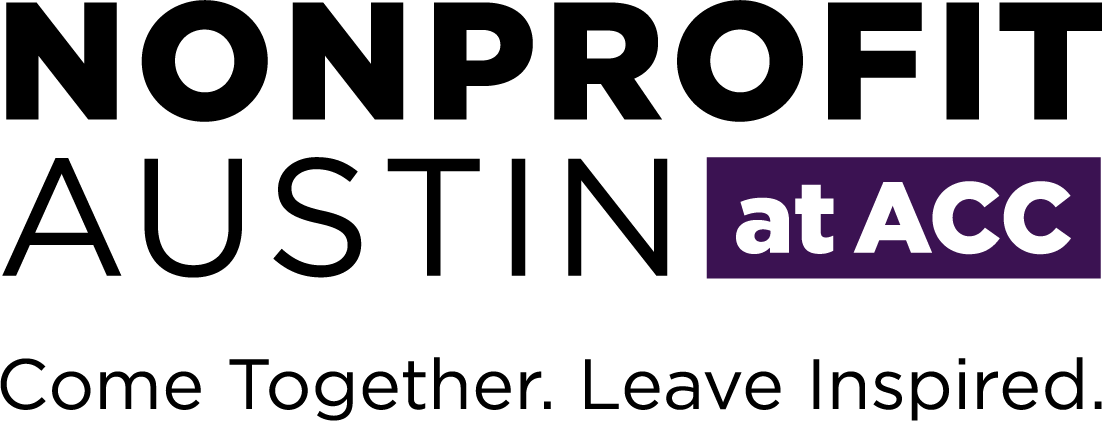Motivate Me
Have you ever spent an entire day searching for motivation to complete a few simple tasks? Whether your to-do list includes a few loads of laundry, the resorting of your sock drawer, or a report your board has requested repeatedly, feeling demotivated–and guilt-ridden because of it–is a familiar emotion for most. Or perhaps you’ve experienced the opposite–a rush of frenetic can-do energy that fuels your completion of multiple tasks along with the supreme sense of satisfaction that accompanies accomplishing something.
This week I’ve been reading Payoff: The Hidden Logic That Shapes Our Motivations, a “small book with big ideas” from TED books that promises a tour of the “jungle of motivation’s true nature.” As a fan of behavioral psychologist Dan Ariely’s longer-format books (including Predictably Irrational and The Upside of Irrationality), I was a bit skeptical that this teeny book would deliver the big ah-ha moments I’ve come to expect from this author. But Payoff delivers a potent payoff with its salient insights on what motivates and demotivates us. In our experience at NRMC, understanding the inspiration behind motivation and demotivating behaviors is key to designing and implementing a risk management program in a nonprofit workplace.
Early in Payoff, Ariely explains that beyond helping us get through our every day tasks, true motivation “often drives us to achievements that are difficult, challenging, and even painful.” He reminds us that meaning and happiness are often very different concepts: “the things that give us a sense of meaning don’t necessarily make us happy.” The mistake that many leaders make is to equate momentary pleasure with motivating meaning. The essential quality of meaning, writes Ariely, is “having a sense of purpose, value and impact–of being involved in something bigger than the self.” Nonprofit organizations have a decided advantage when it comes to competing with for-profits to attract and retain high-performing personnel: purpose at the core of the organization’s existence. In my experience, many nonprofits squander the motivating meaning behind their missions by engaging in demotivating behaviors that lead to higher than desirable turnover, low staff engagement, and unproductive behaviors in the workplace.
Did you know?
- The quickest path to workplace demotivation is ignoring a colleague’s contribution. Ariely’s research demonstrates that ignoring someone’s work is more demotivating than discounting it!
- More than 50% of employees are not engaged, and 16% of employees are “actively disengaged.” (source: Gallup State of the American Workplace 2017)
- Most managers consistently underestimate the motivating value of praise and overestimate the lesser value of monetary rewards.
Policies that require the depersonalization of workspaces (small, uniform cubicles with no space or allowance for personal effects) send a demotivating message that employees are valued for their productivity (versus creativity) and that they are easily replaceable.
Tips for Motivating Your Colleagues and Self
Treat your coworkers as creative individuals “not to be used but rather to be respected for their creativity and intelligence.” When an employee feels that s/he is a cog in the wheel of production, s/he will be constantly looking for a viable exit.
Change your frame. Instead of looking for miraculous motivation, Ariely encourages his readers to zap personal demotivation by “changing your frame.” Replace unproductive guilt for neglecting your personal or professional to do list with two questions:
- How might my efforts pay off in the long run by helping someone other than me?
- What meaning or learning can I find in this task or activity?
Opt for elbow grease over ready-made solutions. If you’ve ever become enamored with a piece of furniture you assembled–to the puzzlement of family and friends–you’ve experienced “The IKEA Effect.” In Payoff, Ariely explains the tendency to become especially fond of an item “we’ve made ourselves.” Our over-fondness for self-assembled items prevails even when a fully assembled items is, from an objective standpoint, of higher quality. At NRMC we encourage (and even nag!) our consulting clients to custom-fit any and every risk strategy, from a risk management process to a charter for a risk committee. Ariely reminds us, “the more effort we put into the design, the more likely we are to enjoy the end product.”
It’s all up to you. One of my favorite pieces of advice in Payoff is Ariely’s reminder that every manager has to figure out “the best way to train, manage, and retain” their staff. This is the burden–and blessing–of a management role. No matter what you’ve learned in business school or been told by a mentor, at the end of the day it’s up to you to flex your heart muscle and discern what motivates the people on your team.
Read on to boost the sense of payoff at your nonprofit:
Read our Risk eNews issue about employee engagement
Craft a culture that meets Goldilocks’ standard: a culture that is just right
Be sure to avoid The Dark Side of Leadership
Strive to be the boss you want to work for
Find motivation at the 2017 Risk Summit – Visit the Risk Summit website to learn about our phenomenal keynote speaker, our generous conference sponsors, our talented entertainers, and more. Share your expertise and insights by submitting a session proposal. Take advantage of early bird rates and register today!
Melanie Lockwood Herman is executive director of the Nonprofit Risk Management Center. Melanie welcomes your thoughts and stories about payoff in the nonprofit sector at Melanie@nonprofitrisk.org or 703.777.3504.

